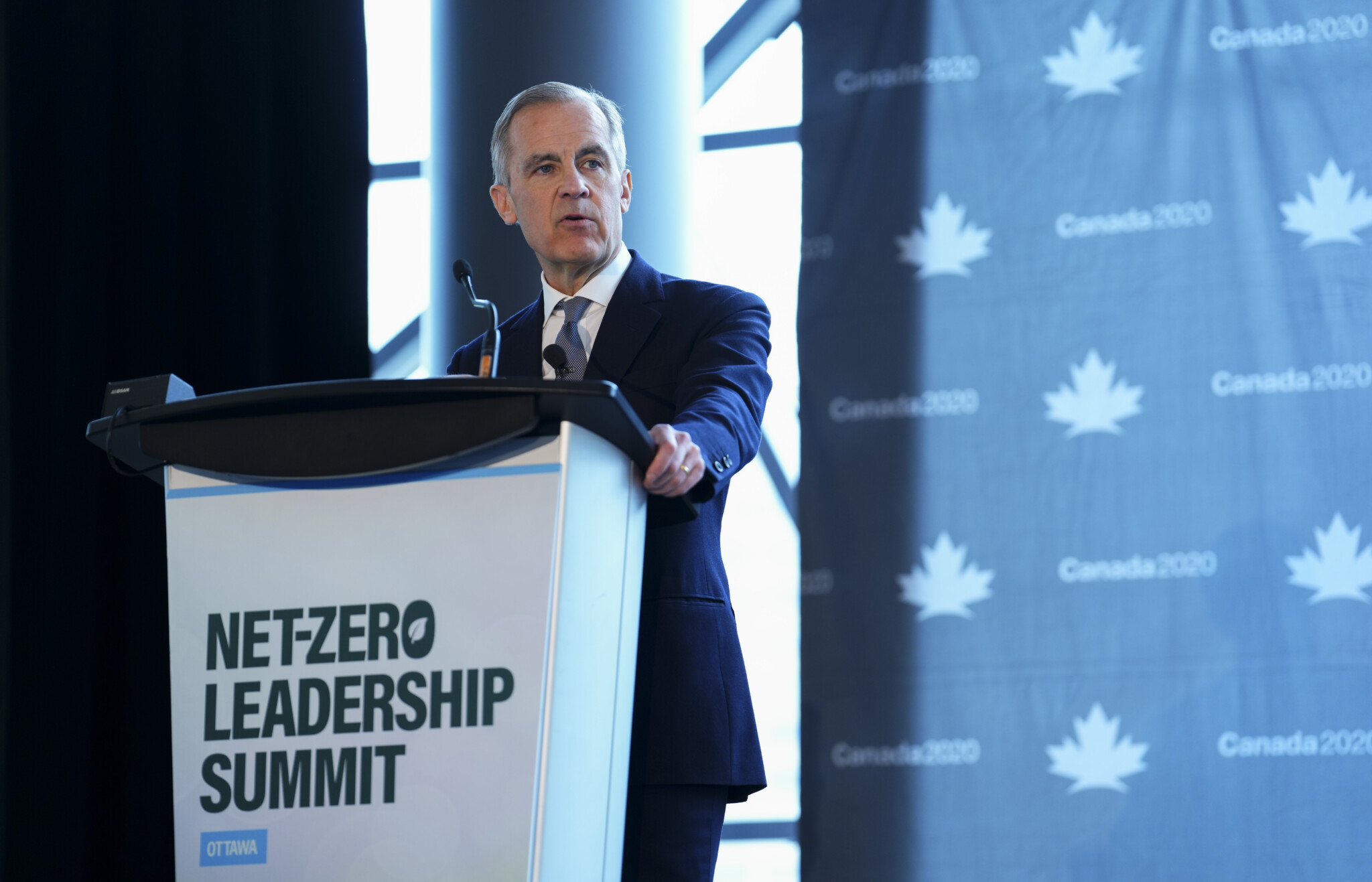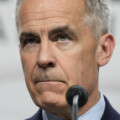We may be reaching a life-or-death moment for so-called “woke” capitalism. In recent months, several major global companies have announced they are pulling back commitments on Environmental, Social, and Governance (ESG) initiatives, a form of investment popularized by those who believe that private investment decisions should be concerned with climate change and other social issues rather than pure market returns.
Interestingly, the new Liberal leader and prime minister of Canada, Mark Carney, has been one of the key figures behind the rise of the global ESG movement. The former governor of the Bank of Canada (and England) not only managed Brookfield’s Asset Management’s ESG investing business but was also the former special envoy for climate action for the United Nations, where he was instrumental in the formation of the Glasgow Financial Alliance for Net Zero (GFANZ), which describes itself as “a global coalition of leading financial institutions committed to accelerating the decarbonization of the economy.”
“Achieving net zero emissions will require a whole economy transition—every company, every bank, every insurer and investor will have to adjust their business models,” Carney said in 2020 ahead of the Glasgow climate talks. “This could turn an existential risk into the greatest commercial opportunity of our time.”
Backlash across the political spectrum
Whether these were ever genuine “commercial opportunities” is an open question. As fast as ESG rose to prominence—including the development of various ESG standards and trillions in corporate pledges—it has recently faced scrutiny and political opposition on both the Left and Right.
Anti-ESG groups, including prominent Republican lawmakers, have launched legal challenges against the investing practices, arguing that they interfere with businesses’ fiduciary duty to maximize value for customers and shareholders. They see ESG as a political initiative that compromises the primary responsibility of all companies: to generate profits and investor returns. To them, it’s an abdication of Milton Friedman’s famous axiom that “the business of business is business.”
Meanwhile, critics on the Left have argued that ESG is a poorly defined and easily exploited measure, often used to make companies appear they’re taking a greener approach to business or implementing socially responsible practices when in fact they are not. They have argued that it delays more meaningful legislative or regulatory efforts to tackle issues like climate change, something one key ESG investor compared to having a cancer patient forgo chemotherapy in favour of wheatgrass shots.
President Trump’s nomination of Paul Atkins, a prominent ESG skeptic, to chair the Securities and Exchange Commission, has been widely interpreted as the likely death of Biden-era policies that promoted ESG-related practices. The timing of his nomination and the banks’ withdrawal from the Net-Zero Banking Alliance may not be a coincidence.
Yet if the backlash to ESG is in part a product of this political climate, that’s not the whole story. When you begin to look deeply at the problems that have plagued ESG, you realize many are baked into its DNA.
The problems with ESG
Requiring businesses and investment funds to adopt a bunch of non-core—and in fact, often distortionary—investment decisions and business practices in the name of certain political goals was predictably going to cause problems.
One consequence is that ESG funds underperform traditional funds in terms of their overall returns. That’s not a huge surprise. If you add a different lens to business and investment decisions besides profitability, you’re likely to end up with less profitable outcomes. That might have been acceptable during periods of higher economic growth and better returns. But as we settle into an era of slower growth, the trade-offs become harder to justify.
It’s also often been challenging to assess a company’s overall ESG performance. Take Tesla for instance. The company has single-handedly revolutionized the market for electric vehicles, an unparalleled environmental achievement, but has also come under heavy fire for its labour practices, including its production in China. Even with robust ESG metrics, how does one reconcile these different—and even competing—outcomes?
Those robust measurement frameworks don’t exist because there’s no agreement about what to measure. One study looked at six ESG rating agencies and found they used a total of 709 different metrics across 64 categories. Only 10 categories were found to be used by all the firms, and seemingly fundamental metrics like greenhouse gas emissions were not among them.
As an ESG investor, you would reasonably assume that by investing in a highly rated fund, you are minimizing your impact on the natural world and enhancing the likelihood that your investment might do some good for your fellow man (or, at least, avoid doing some harm). But a landmark 2021 report from Bloomberg revealed: “the foundation of this multi-trillion dollar new cash machine is not at all what it appears to be, and is actually almost the opposite of what it appears.”
Bloomberg looked at MSCI, an agency that accounts for 40 percent of all industry spending on ESG ratings. According to these ratings, environmental “sustainability” doesn’t refer to the company’s impact on the natural world, but to the impact the natural world might have on the company. In the context of these ratings, the answer to “How sustainable is the company?” has almost nothing to do with whether its practices are contributing to GHG emissions, water shortages, floods, fires, etc., but whether these phenomena might affect the company’s bottom line.
In either case, ESG is an effort to create an additional layer of goals that can be seen as superficially compatible with these business interests. One could even argue they have diverted time and resources from key social and environmental goals that are central to their business.
Many were happy to avoid probing the problems with ESG as long as they were making a lot of money (at its height, the assets under management in ESG-related funds may have totalled as much as $41 trillion). But, if they were actually compatible, ESG probably wouldn’t have existed in the first place—businesses would have already been doing it.
ESG, the label, is now a pejorative, and deservedly so. It is an industry that has been waylaid by shoddy methodologies, grand aims, overheated marketing claims, a contentious understanding of the role of business, perverse incentives, and bad actors.
The end of ESG?
Over the last year, we’ve witnessed a sea change. One analysis from the financial services firm Morningstar released in January concluded that ESG fund managers in the U.S. had their worst year ever in 2024: poor performance, more than $20 billion in withdrawals, and a record number of funds that dropped “ESG” from their names. Larry Fink, the CEO of Blackrock, which was at one point the world’s largest proponent for these funds with over $9 trillion in assets, won’t even use the acronym anymore, suggesting it had been “misused” by political actors on both the Right and Left.
Even in Europe, which accounts for 80 percent of the world’s ESG assets, and has avoided a lot of the political backlash we’ve seen in North America, these funds have seen record withdrawals. Disclosure rules and other reporting requirements are now being overhauled amid international pressure.
ESG as it existed is likely dead. If it is to be revived under a government led by one of its greatest proponents, it needs to change.









